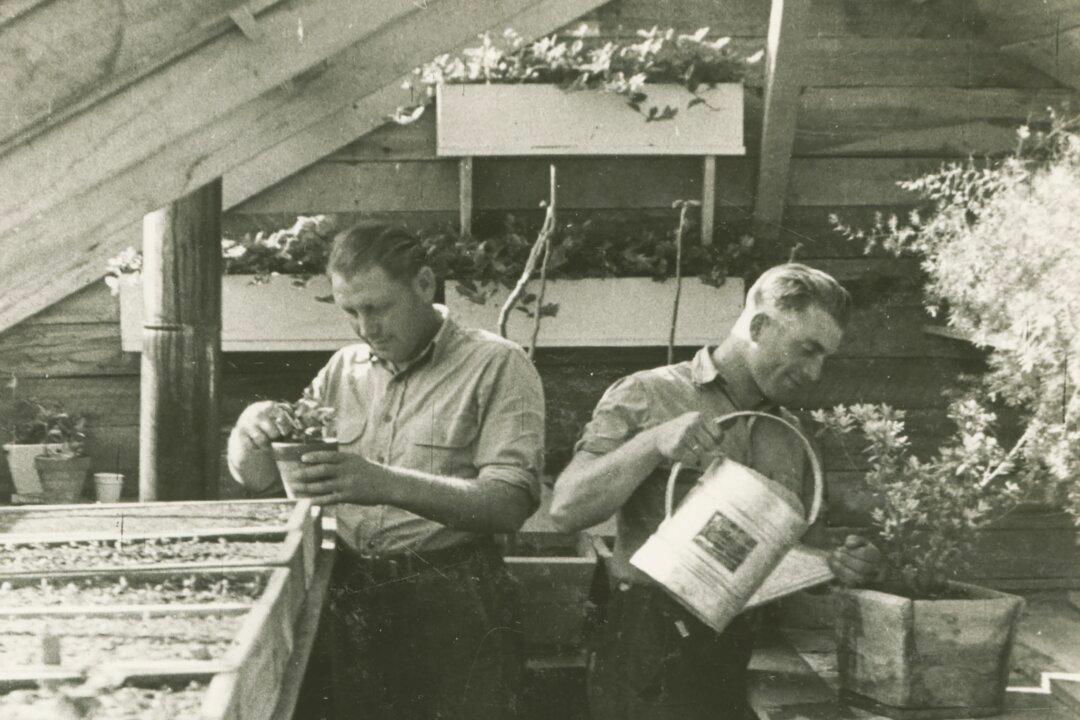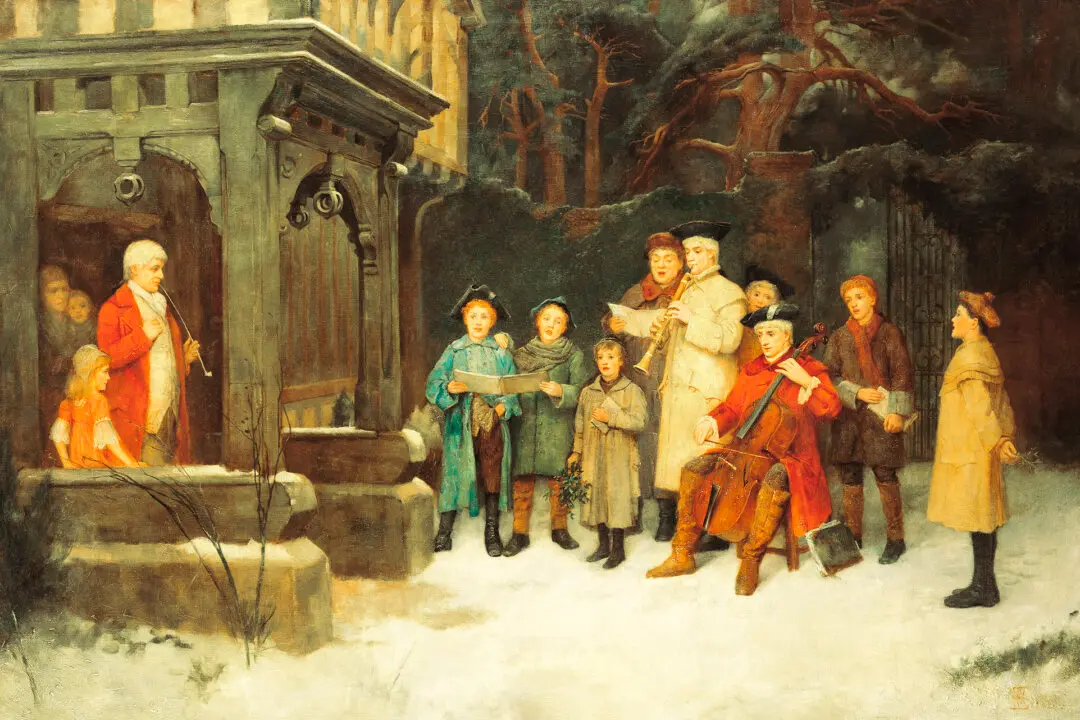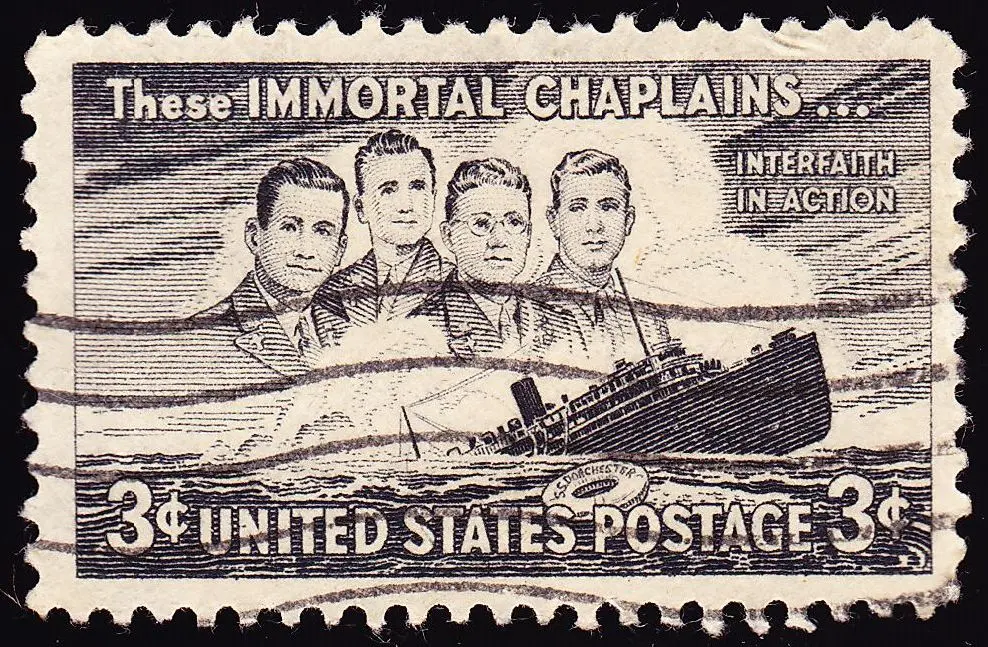“Hände hoch!” During World War II, American soldiers undoubtedly shouted that command—“Hands up!”—countless times to their German counterparts in North Africa, Italy, France, and Germany, for by the war’s end, more than 400,000 German soldiers were imprisoned in some 500 camps scattered around the United States.
The first large batches of POWs arrived in America when the British, following major North African victories, became overwhelmed by the number of German prisoners in their country and asked their American ally for assistance in housing and feeding them. Soon these POWs arrived in the thousands aboard American ships returning from the British Isles. On arrival, they were dispatched under guard on trains to their assigned camps, prisons usually located near small towns and in rural areas, generally in the South and the Midwest.






